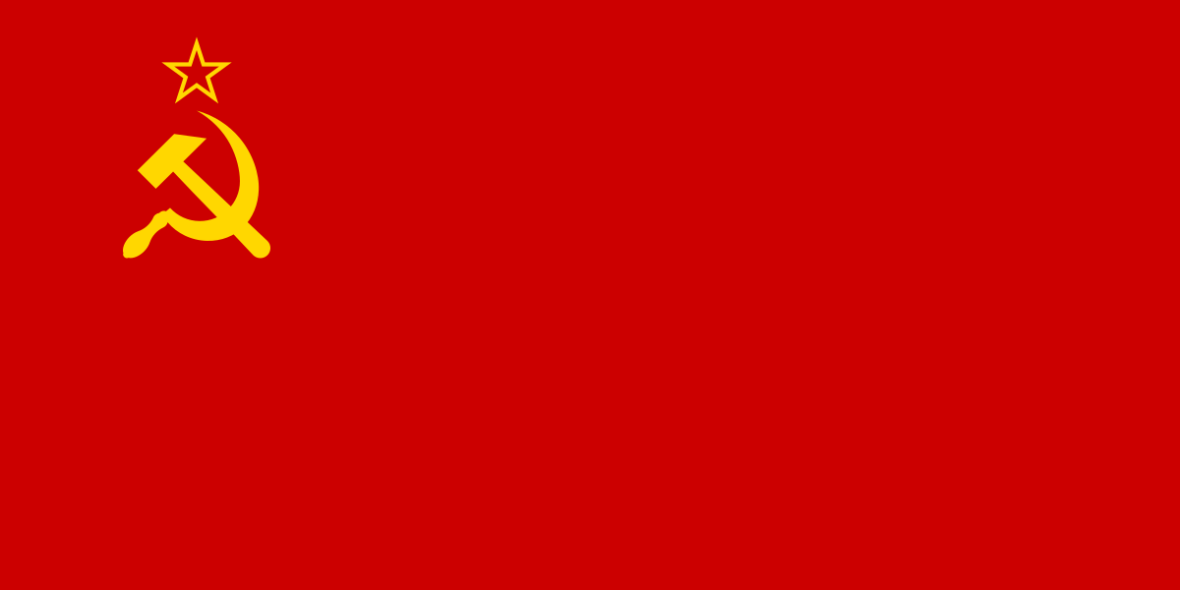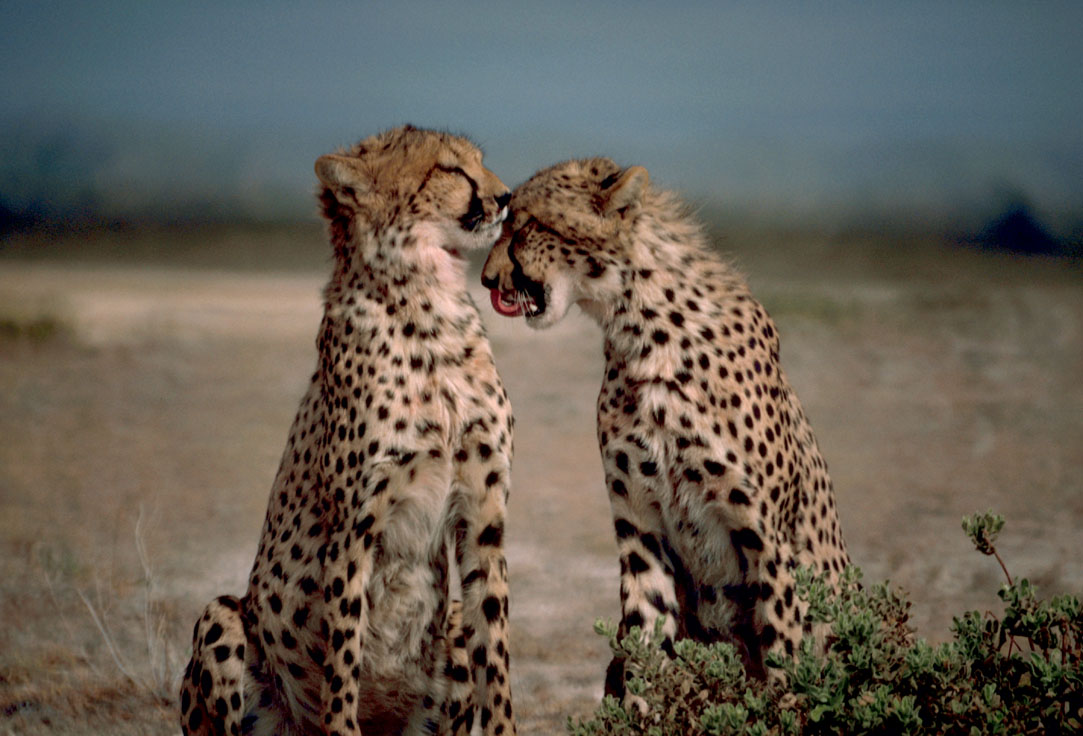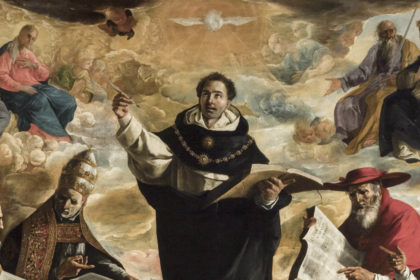For decades, the USSR was a behemoth force to be reckoned with in terms of global politics and warfare. Starting with the Bolshevik revolution, the rise of the Soviet Union took place across Russia and Europe’s Eastern bloc over what almost amounted to a century. During this time, some of the most shocking political events took place – along with it, a number of human tragedies, and devastations such as the Chernobyl power station disaster. Take a look below for 30 interesting and incredible facts about the USSR.
1. The letters USSR stand for ‘Union Soviet Social Republic’.
2. The word ‘Soviet’ in itself means ‘council’.
3. In 1917, the Russian Provincial Government was overthrown by the ‘Bolsheviks’.
4. The Bolshevik legion was a ‘far left’ political party, founded by Alexander Bolkanov and Vladimir Lenin.
5. Multiple independent republics were geographically aligned but governed separately, until 1922. The region was collectively known as part of ‘Eurasia’.
6. However, the USSR was founded in 1922, and this is when things changed.
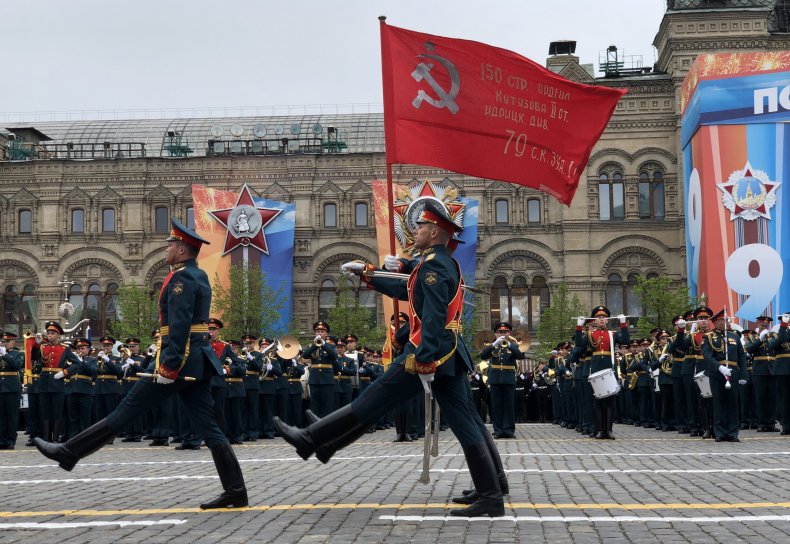
7. Vladimir Lenin became leader of the newly formed Communist Party and at the same time, in 1922, Lenin took control of the Government.
8. By way of a treaty, Armenia, Azerbaijan, Belarus, Transcaucasia, and the Ukraine joined Russia to form the USSR.
9. During the years of its existence, other states joined the USSR, allowing it to swell geographically, and its power continue to build.
10. In 1945, the USSR was officially ranked as a ‘super power’, in company with the USA. The two countries were, of course, allies in the Second World War.
11. Over time, the USSR also became known as simply the ‘Soviet Union’.
12. The USSR is noted to be the first country in the world to have been run and based entirely on Marxist Socialism.

13. Defined as ‘working for the collective good’, Marxism, as a political and economic theory, had no room for differing social classes. Everyone was meant to be considered equal, in theory to eliminate social unrest based on status.
14. The theory of ‘Marxism’ was the brainchild of Karl Marx.
15. The aim of Lenin, with the theory of the ideals of Marxism, was for the capitalist state to be replaced by a single-party, communist state. This was to be governed by a ‘dictatorship’ overseeing the ‘proletariat’ (workers).
16. Lenin was in the role of Chairman of the Council of Commissars of the Soviet Union from December 30th, 1922 until his death in 1924.
17. Lenin died as a result of three strokes which followed in quick succession after he had been shot twice. He was only 53 when he died.
18. Joseph Stalin took over from Lenin as Leader of the Soviet Union in 1924. Stalin then became ‘Dictator’ of the USSR in 1925.
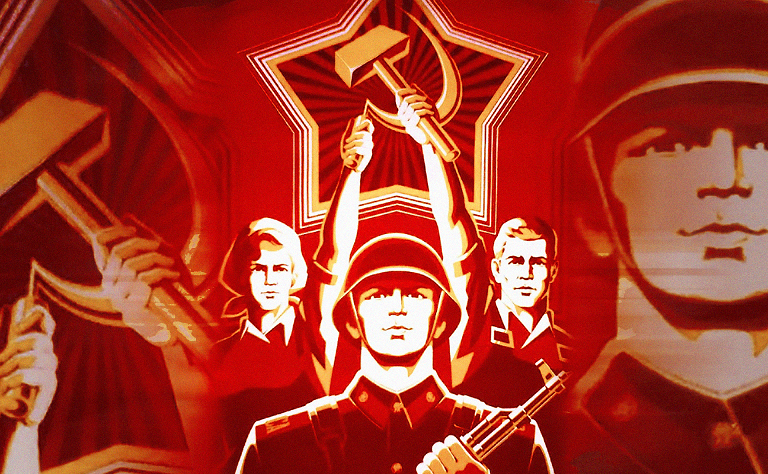
19. Subsequently, he became Minister for Defense from 1941 to 1947 and was Chairman of the Defense Committee during World War Two.
20. A short term as Leader of the USSR was Georgy Malenkov, who was only in the role for six months.
21. Nikita Khrushchev took over as Leader of the Soviet Union from September 14th, 1953 to October 14th, 1964.
22. Khrushchev’s policies included ‘anti-Stalinism’ and ‘anti-religion’ campaigns. He would later resign from the leadership as a result of poor health.
23. In the 1980, Mikhail Gorbachev was General Secretary of the Communist Party of the Soviet Union. Gorbachev wanted to streamline the government bureaucracy and improve the economy.
24. Gorbachev is credited with making two important major changes. One of them was a sense of ‘Glasnost’, meaning ‘openness’, and ‘perestroika’, meaning ‘re-structuring’.
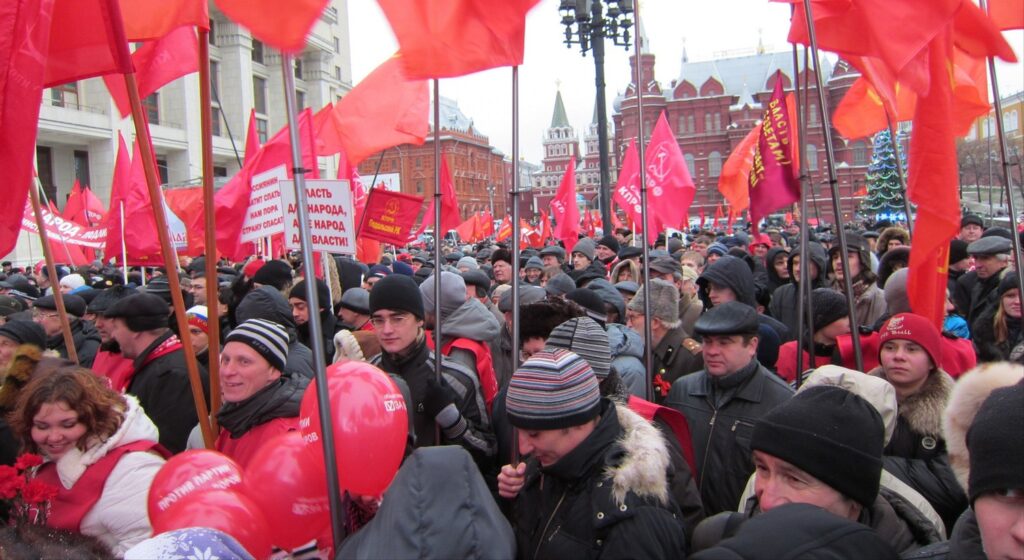
25. The result of Gorbachev’s practice of openness and restructuring led to a massive uprising of discontent. The media world let loose with information and opinion levels previously unheard of.
26. It is widely accepted that Gorbachev’s actions brought about the demise of the Soviet Union. People were divided on his decisions.
27. Some felt he was a pioneer who released social constraints and created freedoms for cultural policies.
28. Others were less comfortable with Gorbachev’s notion of sudden revolutionary change and were wary of what the prospects may be.
29. By January 1991, the Soviet Union was the largest country in the world. It last measured 8,650,00 square miles.
30. The land covered by the Soviet Union was just less than one sixth of the total area of land in the world!

